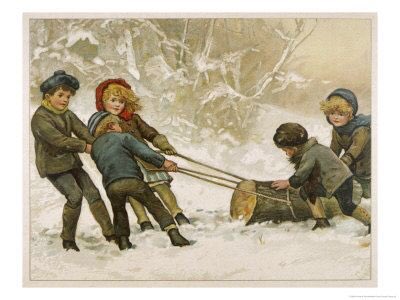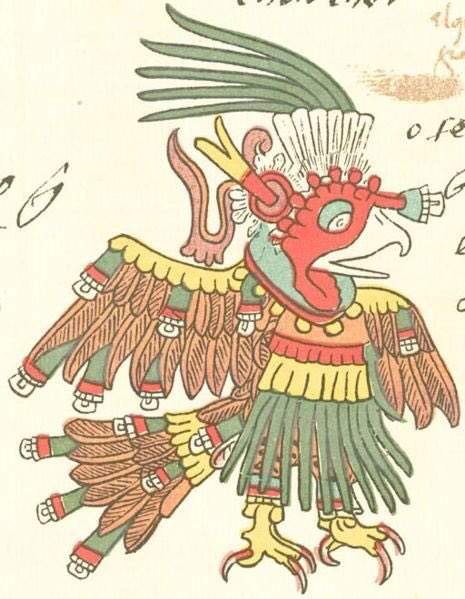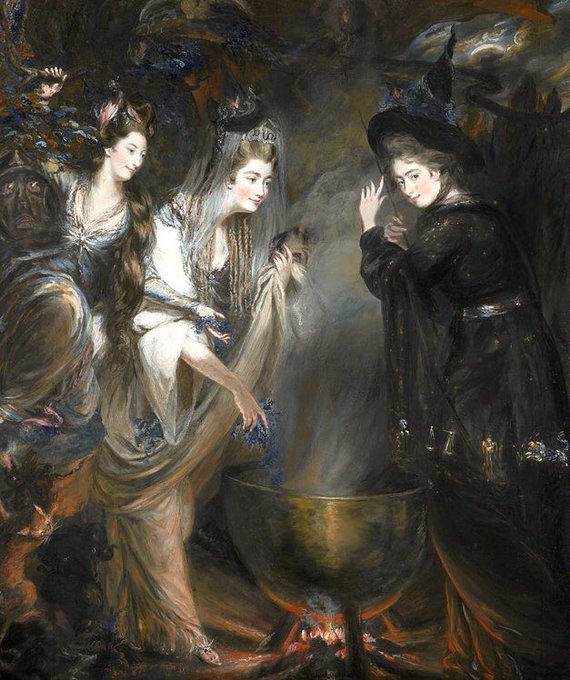FolkLoreThursdayのTwitterイラスト検索結果。 4,028 件中 159ページ目
For #FolkloreThursday a warning to the gluttonous: 'What I Saw After Eating my Xmas Pudding' by Alfred Henry Forrester Crowquill (1804-1872), in London Society, Christmas No.,1867 in @AberArtSchool @AberUni collections.
#FolkloreThursday
The Yule Log is a chocolate cake depicting the huge wood log that ancient Celts blessed & burned from the winter solstice until the end of December. They thought that by burning it the sun would be encouraged to return.
The Spindle Berry is known as Robin’s Bread, as the robin guards it from other birds. The berry’s Latin name is Euonymus, after the mother of The Furies. A reminder that although alluring, the red berries are toxic to humans. #FolkloreThursday Flower Fairy illust: Cicely Barker
Wonderful cover by #chihiroiwasaki for The Crane Maiden (1968). #illustrator #illustration #art #picturebook #books #folklore #folklorethursday #watercolor #typography #vintage
Original painting of Unicorn, free shipping 😍 best gift for any little princess 💖 #rainbow #unicorn #babyshower #painting #ThursdayThoughts #FolkloreThursday https://t.co/kBZJOahPLL
#FolkloreThursday the Valravn is a Danish creature who's name means 'raven of the slain'. In the majority of accounts the creature is a raven that is transformed into a knight by eating a human heart, often that of a child. They can also transform into a wolf/raven hybrid.
...that two dragons, a Red & White, battle every night under the hill on which Vortigern is building the castle. They free the dragons, who battle until White kills Red. The dragons symbolize native Celts & Germanic Anglo-Saxons, & their battle for Britain.(2/2) #FolkloreThursday
Barbegazi are friendly gnomes of the French/Swiss alps - they are covered in snowy white fur and their long white beards are made of icicles. They like to ski down mountains for fun using their huge feet and they often help shepherds and lost people.
#FolkloreThursday
The King of Cats appears in many British and Irish tales. When the chief poet of Ireland cursed all mice and cats (for not keeping the mice at bay) he was attacked by the King of Cats. The poet was saved by St Ciaran who killed the cat. From #MythicalIrishBeasts #FolkloreThursday
In Norse Myth, Ymir is in the creation story & the first Frost Giant created from the icicles of Niflheim. His hermaphroditic body produced generations of Frost Giants. Because he opposed the rule of the Gods, his demise led to the creation of humans & Earth. #FolkloreThursday
Jack Frost, the winter spirit that leaves frosty fern-like patterns on windows & nips the extremities in cold weather. He leaves Frost wherever he goes & personifies crisp, cold, wintry weather. Similar to the Norse god(Kári)'s son, Jokul Frosti (frosty icicle). #FolkloreThursday
Ullr is the Norse hunting deity of everything snow; including snow-shoes and skiing. Ullr sometimes uses his shield to ski down the mountains, like a modern-day snowboard. There are still festivals held in his honor, to bring heavy powder to the mountain tops. #FolkloreThursday
The Winter Owl 18x18 inches. #FolkloreThursday #owl #davidbezartist
Mirabella - the witch of Trefflepugga Path who sleeps under a permanent pall of falling snow, blocking your journey until you find a way past. Just one foot wrong, and she wakes to end your journey forever... #FolkloreThursday
#British Legends: Morgan le Fay – Magical, Healer, or Renegade #Witch? By @ztevetevans for #FolkloreThursday #KingArthur https://t.co/T8JlgiCFRH
When time began the snow had no colour, & the flowers of the earth refused to help. It was only the snowdrop who took pity & offered up its colour. In return the snow has always protected the snowdrop from the harshness of #winter. #German #FolkloreThursday #Image: Cicely Barker
Samodivas are woodland fairies of South/West Slavic lore. They are believed to be very beautiful women with an affinity for fire. They have the power to bring about drought, burn a farmer's crops, or make cattle die of high fever. They are hostile toward people. #FolkloreThursday
Aztec god Chalchiuhtotolin (Precious Night Turkey) was a plague god that had the power to change an individual's fate. Turkeys were sometimes eaten on important festival days or used in rituals, including funeral feasts & as burial offerings.
#FolkloreThursday
#FolkloreThursday The Grey Man in 18th-century garb, haunts the Theatre Royal Drury Lane, London. He is supposed to be the man whose skeleton was found in a walled-up passage at the theatre in 1848. Illus. from the Hamlyn Book of Ghosts.
Actors believe Macbeth is cursed as Shakespeare used real witches’ incantations in his play. If its title is spoken in a theatre the curse is invoked. To undo it you must leave the building, spin round 3 times, spit, then knock to be allowed back in. @NPGLondon #FolkloreThursday















































